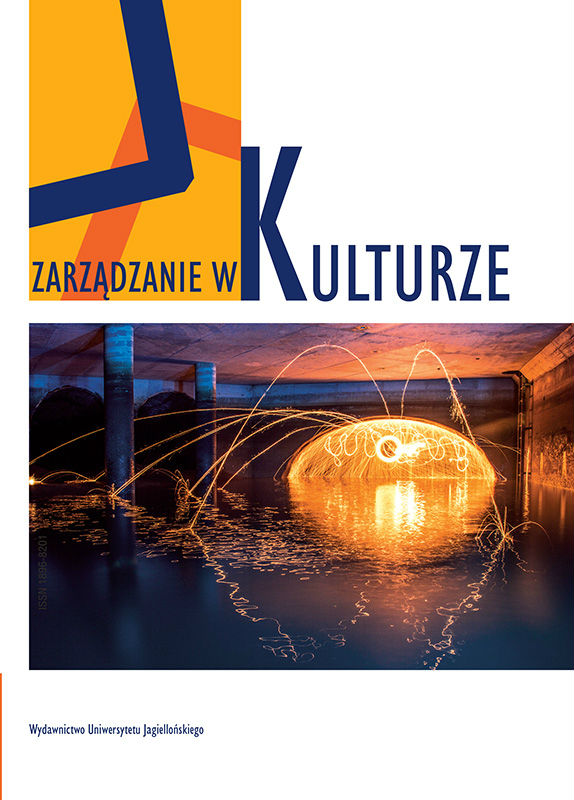Kościoły rzymskokatolickie międzywojennego Wołynia: ich powstanie i zachowanie w kontekście pamięci/zapomnienia
Roman Catholic churches of the interwar Volyn: their construction and preservation in the context of memory/oblivion
Author(s): Olga Mykhaylyshyn, Switlana LindaSubject(s): Christian Theology and Religion, History, History of Church(es), Theology and Religion
Published by: Wydawnictwo Uniwersytetu Jagiellońskiego
Keywords: architektura; kościół; pamięć; okres międzywojenny; Wołyń
Summary/Abstract: The sacral architecture of the interwar Volyn was one of the realizations of the national idea and reflected the nation-building processes in the interwar Poland, which were visualized on the levels of both space and objects. The formation of a new architectural layer became a symbol of socio-cultural and civilizational transformations, which took place in the region in 1920-30s. The integration of stylistically new objects into the existing urban environment meant transferring new social ideologemes and spiritual values and, as a result, creating a new symbolic system. At the same time, preserving old temples (as well as defensive buildings) in this environment made use of the past for the purpose of the present. Political changes in the second half of the 20th century concluded into a dual attitude to the sacral heritage of the interwar period in Volyn, which reflected the ideo-logical motivation of the “memory-oblivion” paradigm formation. On the one hand, the existence of this monument group was denied (they didn’t match the socialistic cultural model). On the other hand, the artistic value and esthetic potential criteria dominated in evaluation of certain buildings. The problem of the temple construction and heritage preservation in Volyn arises because of the essentiality of this process not only to regional history, but to the history of Poland, Ukraine and Europe in general.
Journal: Zarządzanie w kulturze
- Issue Year: 17/2016
- Issue No: 3
- Page Range: 243-261
- Page Count: 19
- Language: Polish

